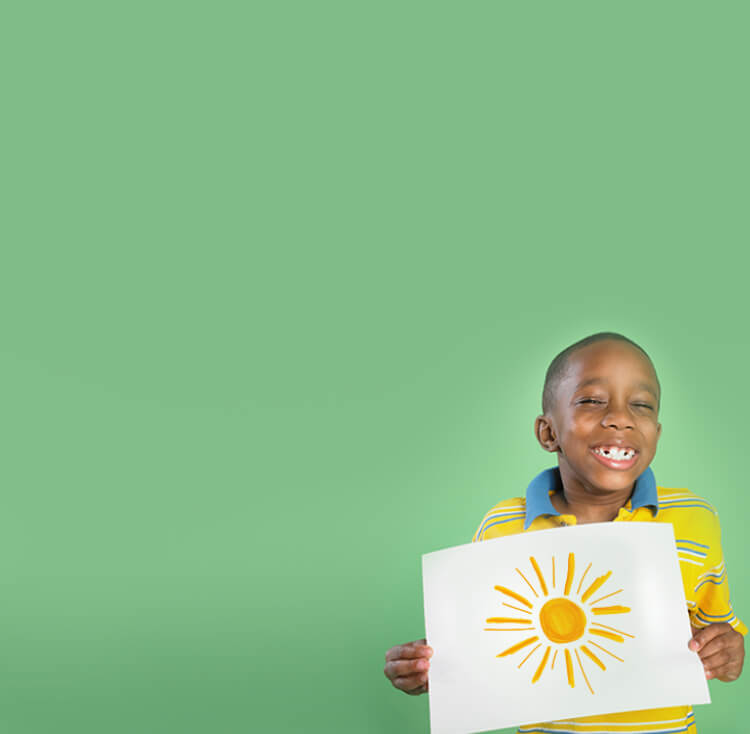- Are you a healthcare professional? Visit our HCP website
- Visit our Public site
- Report a side effect
- Patient Information Leaflet
- Are you a healthcare professional? Visit our HCP website
- Visit our Public site
- Report a side effect
- Patient Information Leaflet















